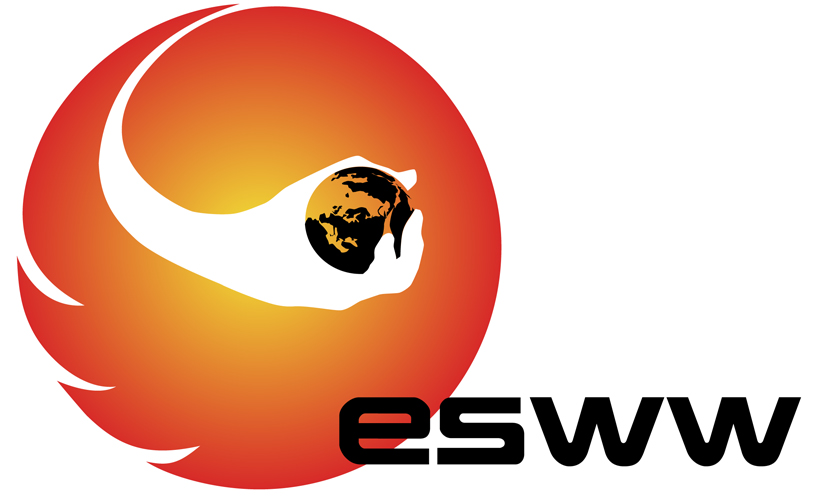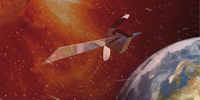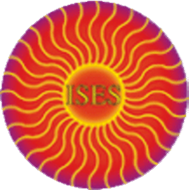
15-19 November, 2010 - Brugge, Belgium
Debate
Human Exploration of Space
What are the challenges, risks and benefits?
Abstract
The past few years have seen growing international interest in the human space exploration, e.g. with the advent of China as a new player in the launch of crewed vehicles, the launch of the Global Exploration Strategy in 2007 and the recent completion of the International Space Station. The recent announcement of US plans to re-think its future launch capabilities may delay the fulfilment of this interest, but does not constitute a long-term obstacle. Indeed, if it stimulates the development of more capable launch systems, it will become a powerful stimulus towards increased human exploration of space.
However, the presence of humans in space raises many particular challenges that do not arise when using purely robotic spacecraft. The underlying issue is how to protect humans for the physical and psychological dangers of spacecraft, to ensure that they can work well while in space and can return safely to Earth. As part of the European Space Weather Week, we will host a debate on will particularly focus on the challenges and risks to humans during human space exploration. We and will explore whether the wider benefits of exploration justify those risks and efforts.
Given that this is a space weather meeting, we will encourage a focus on the challenges and risks to humans that arise from space weather phenomena. The key challenge here is energetic particle radiation whether from the Sun, galactic cosmic rays, planetary radiation belts or other sources. Thus we will seek a debate that explores both what we understand, and what we don't understand, of this radiation and its effects on human health and on space systems that ensure that health. The debate will look at the many solutions that have been proposed to reduce radiation risks, e.g. faster spacecraft, innovative systems for radiation shielding (both passive and active), medical possibilities to improve the ability of human physiology to recover from radiation damage. But there are other challenges, both physical and psychological.
Another important physical challenge is the behaviour of dust during lunar exploration. We know from Apollo that lunar dust is nasty ? it gets everywhere, is very abrasive and chemically active; the astronauts hated it. Space weather is a major factor controlling the transport of lunar dust since that transport is dominating by electrodynamic processes in the lunar plasma environment. Thus we will consider if space weather effects can change dust transport in ways that will affect astronauts exploring the lunar surface and near-surface environment.
But space weather will also have psychological effects - for example, by disrupting radio communications with Earth and thus creating a deep sense of loneliness. Disruptions may occur during major space weather events (e.g. particle effects on spacecraft systems) and when signals pass close to the Sun and are scattered by turbulence in the dense coronal plasma close to the Sun (which is inevitable on any interplanetary mission travelling near the plane of the ecliptic).
The panel
The panel exists of 4 members:
Baumstark-Khan Christa/Berger Thomas (back-up), is a radiation biologist working at the German Aeropspace Center in Cologne. She worked on cellular radiation effects for human health aspects first at Bonn University Radiological Unit. Since 1990 her research field more and more concentrates on space radiobiology. In 1992 she was co-investigator of the space experiment KINETICS which investigated radiation effects on human cells in microgravity. Since 2000 she is leading the Cellular Biodiagnostics Working Group at the Radiobiological Department of the Institute of Aerospace of DLR. There biological reporter systems are being developed which analyse DNA damage response and modulations of signalling pathways of cells exposed to space relevant radiation qualities. This work is essential especially for long-term human space missions, such as the Mars mission.
Head James N.*: is a planetary scientist. He worked the last ten ten years in the aerospace industry and in September joined the State Department, Office of Space and Advanced Technology, as a AAAS Fellow. In 2004 and 2005, he was the Chief Scientist for Raytheon's Concept Exploration and Refinement contract to NASA, during which the team mapped a path for human and robotic exploration of the moon and Mars. This work was notable for including asteroids as targets for robotic and human exploration.
Horbury Tim: he is a Professor of Physics at Imperial College London: his research concerns the interplanetary medium, including shocks and turbulence. He is involved in several ongoing space missions and leads the magnetic field investigation on ESA's upcoming Solar Orbiter spacecraft.
Kinnersley Mark is the Director of Business development for the Orbital Systems and Exploration Business Division of EADS Astrium Space Transportation (ST) and reports to Dr. Menking, Senior Vice-president and Head of the BD. Mark's responsibilities include business development activities as well responsibility for advanced projects and research and development within the BD. Major projects within the BD include prime contractor for the development of the Columbus orbital module and the Automated Transfer Vehicle, Europe's supply ship to the ISS as well the prime of an industry consortium for the operations of the European part of the ISS as well as the manufacturing of the Automated Transfer Vehicle.
The moderator
The moderator is Stuart Clark, a science journalist and author of a book on the grandfathers of space weather "The Sun Kings", www.stuartclark.com.
He is a Visiting Fellow of the University of Hertfordshire.
Practical
Tuesday Nov 16, 2010 from 18:30-19:30. It is a one-hour scientific debate open to the press, to the public and to the scientific community.
* Nothing said here or at the conference should be construed as representative of United States Government policy.







